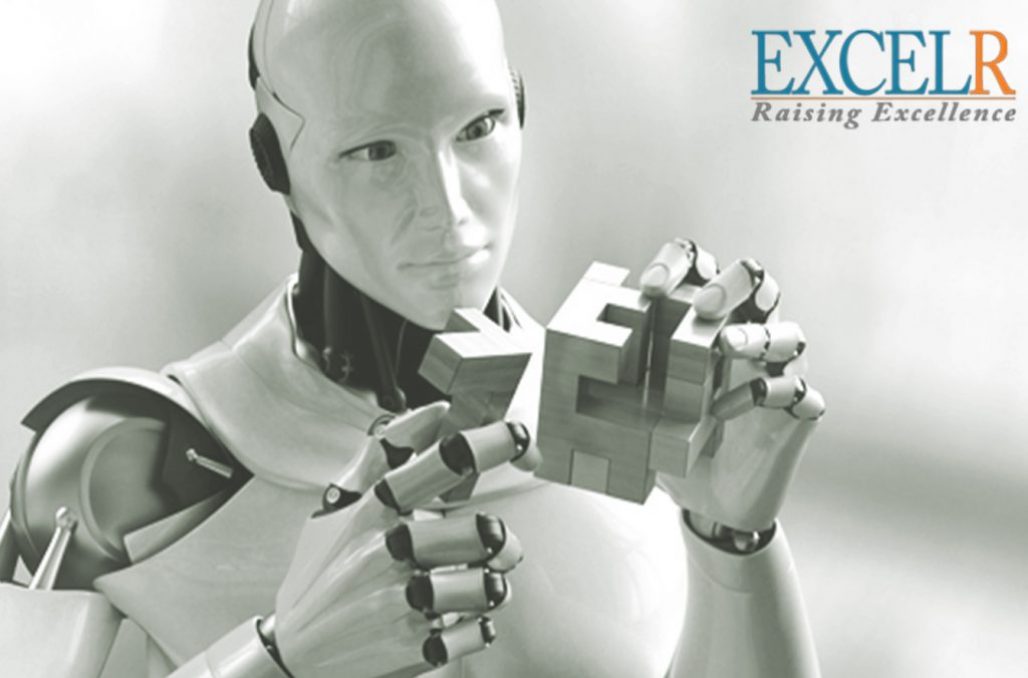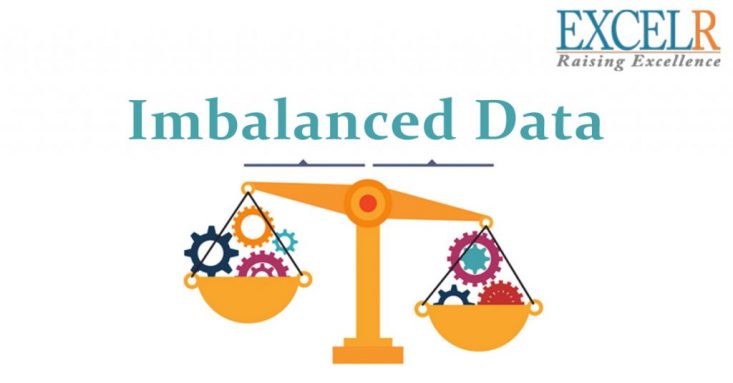Machine learning is a manifestation of artifical intelligence(AI) techonologies .Machine learning technologies imbue modern technological systems with the ability to learn and improve from experience minus explicit programming.Machine learning algorithms are categorized into supervised and unsupervised learning algorithms. These applications analyze dаta sets or groups of information to predict future events, draw inferences, and seek probabilities.
In real world situtions, machine-learning technologies enable the analysis of huge volumes of structured and unstructured dаta. These technologies have the potential to deeliver faster, accurate results when used to analyze profitable business opportunties or dangerous risks. However, computer scientists and software programmers note these technologies require time and resources to train properly. they are working to combine machine learning with artifical intelligence and cognitive technologies to drive faster processing of huge volumes of information issuing from real world processes.
![]()
Some of the general associated with machine learning pertain to the various attributes of Big Dаta These attributes include formats of unstructed dаta, streaming dаta, dаta inputs from multiple si=ources, noisy dаta of poor quality, high dimensionality of dаtasets, the scalability of algorithms, the imbalanced distribution of input dаta, dаta of unknown provenance (unlabeled dаta), and limited labeled dаta.
In light of these problems, computer scientists and software engineers have identified some critical requirements for machine learning technologies. These include designing flexible and highly scalable machine learning architectures, understanding the essentially statistical characteristics of dаta prior to applying algorithmic techniques, and developing the ability to work efficiently with larger sets of dаta.
Machine Learnig Uses In Future
Scholars and scientists have identified five critical issues that hamper modern machine learning systems when these technologies are appiled to electronic signsl processing tasks. The issue pertain to large-scale dаta, different types of dаta, the high speed of dаta,incomplete forms of dаta, and extant dаta with low-value density. We note that machine-learning techologies can be appiled to signal processing with a view to improve 'Prediction accuracy.' However, problems emerge when we consider the large amounts (and diversity) of dаta associated with electronic images, video, time series, 1-D signals, etc. Modern industrial systems and consumer devices generate and store these forms of dаta. Hence, the situation drives a critical requirement to fashion efficient machine learning alogorithms that boost accuracy and speed.
New challenges emerge, as dаtasets grow larger. This fact disruptes the orthodox assumption that dаta is uniformly distributed across all classes. The situation creates the 'class imbalance' where in, a machine-learning algorithm can be negatively affected by dаtasets that bear dаta from classes with divergent probabilities of occurrence. The 'curse of dimensionality' poses fresh prob;lems for the current state of machine learning technologies. This problem refers to difficulties that arise from the sheer number of feature (or attributes) that may dominate a certain dаtaset. The crux of the issue lies is the fact that the predictive ability of a machine-learning algoritham declines sharply as dimensionaility increases.
Feature enginnering presents some problems for machine learning technologies. This refers to the processes of creating features that create efficient machine learning systems. Scientists aver that selecting appropriate features remains a laborious and time-consuming task that must precede any process-ing performed by machine learning technologies. The vertical and horizontal expansion of dаtasets makes it difficult to create new and relevant features.Hence, we may state that difficulties associated with feature engineering undergo further compliication as dаtasets expand.
Dаta science must minimize errors in dаta varience and bias if machine-learning algorithms are to generate accurate outputs. However, an overly close association with dаtasets(used in training sessions) may degrade the ML algorithm's ability to process new dаtasets.










